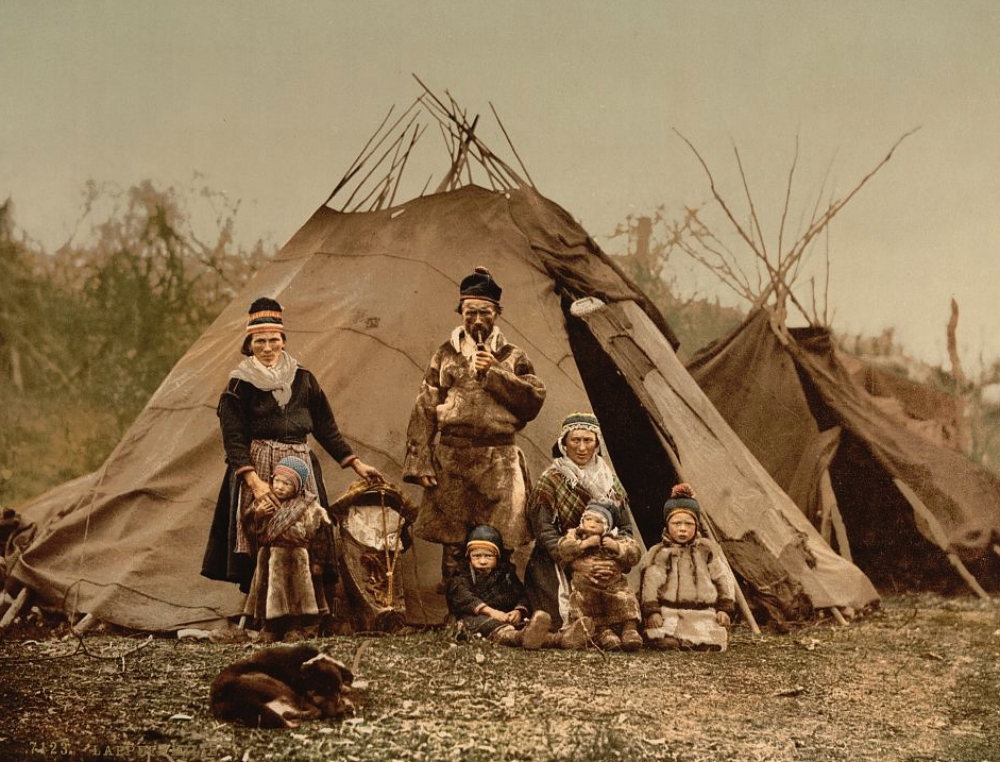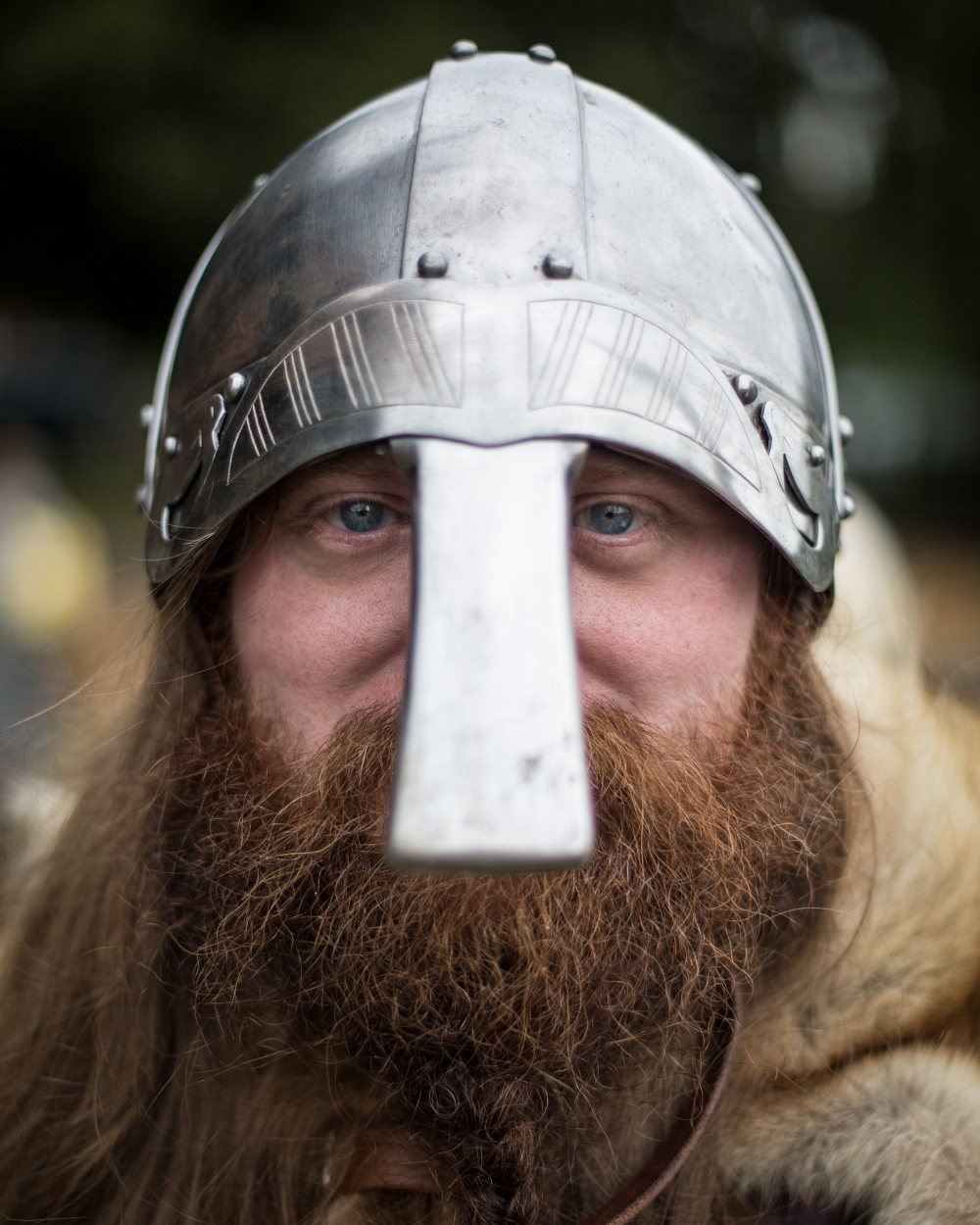Vikings Not a Single Genetic Group, Study Finds
Turns out they weren’t blonde, either.
Vikings in popular culture are often pictured with red or blonde hair and as fierce warriors. There is such a deep connection to Scandinavian countries that many people think of them as an ethnic group. However, new research using DNA from around the world shows that Vikings weren’t so much a homogenous genetic group as they were a very forceful culture of career warriors, pirates, and traders.

A study published in the scientific journal, Nature, in fall 2020 shows that the genetics of the Vikings were rather varied. The study looked at Viking burials across parts of Europe, Turkey, Iceland, and Greenland. The research was conducted using human remains from 442 Viking-style burials that ranged in date from 2400 BCE to 1600 CE, with particular interest in those dating from 750 to 1050, or what is known as the Viking Age.
The genomes sequenced showed some interesting results, such as 4 brothers buried together near Salme, Estonia. A set of 2 cousins was uncovered by the DNA testing, one buried in the UK and another in Denmark. But, despite the fact that people of the same families sometimes joined the Viking forces, they were hardly all from the same stock.

The analysis showed that there were people of Scottish and Irish ancestry buried in Viking graves in Scandinavian countries. The study also revealed that some burials in Norway were done in the Viking tradition yet the individuals were of Sami descent, a group native to Fennoscandia which includes Norway, Sweden, Finland, and parts of Russia. Sami are descended from both East Asians and Europeans.
The study also revealed that Vikings were more likely to have had black hair than many Scandinavians today, owing to a shift in the genetics of the region over the past 1200 years.

Vikings were warriors, sailors, and traders and the new study unites them together as a “job description” rather than an inherited status. After all, the term Viking has never referred to an ethnicity, only a culture. And, despite the varying genetics of the 422 Vikings the one thing they all shared was a Viking burial, wherein the individuals were often buried with their tools and a selection of things to take into the afterlife with them.
Our work on tracing Viking-age population movements inside and out of Scandinavia. This was a massive effort involving tons of people and 4+ years of work. Congrats to Ashot Margaryan, @siko76, Dan Lawson and the entire team! https://t.co/wyhq2McXGt pic.twitter.com/TlyyQ9oTNt
— @FerRacimo@fediscience.org (@FerRacimo) July 17, 2019
The range of genetics across the globe shows that people who weren’t born in Scandinavia were assimilated into the group, while Scandinavian Vikings were traveling to Iceland, Greenland, Eastern Europe, and even Italy, Greece, and Turkey in an expansion that created a multitude of diasporas.
SKM: below-content placeholderWhizzco for DOT

